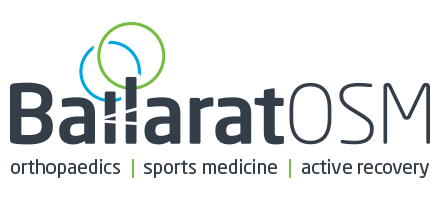Bunions refer to a painful lump over the medial aspect of the great toe, at the metatarsal-phalangeal joint (MTPJ).
Most are mobile, corrigible, and the passive movement is painless. Some patients however have a stiff, arthritic bunion. Non operative treatment involves a shoe or boot with a wider toe box, and a stiffer sole so less force passes through the great toe. NSAIDs before physical activity may help
Arthrodesis is the appropriate operation, removing the remaining joint surface, exposing cancellous bone, compressing the bones together, and protecting until the arthrodesis is solid. This usually means two weeks of laying around at home with the leg up and crutches from brief periods of mobilisation, until the wound heals. A stiff soled shoe or heel support shoe can then be used for four weeks.


The case above demonstrates overlapping of the great and the second toe prior to surgery, and restitution of the first web space following surgery. The cases may be fixed with either a plate, or in this case two “Memory Staples”. These specialised implant are malleable when cold, and try to bounce back to their previous position when warm. The oval hole visible on the dorsal staple is compressed flat before insertion, making the base of the legs 22mm apart. Warming allows restitution of the oval, the base of the legs are then 20mm apart. The tips of the legs also try to compress together, compressing the whole surface of the bone.
Whether plate or staple fixation, the majority of patients are done as day surgery. Over the last decade, our group has performed over 300 great toe arthrodesis operations, the majority are done as day surgery. This is a procedure for fully active people, including professional sporting champions such as Lleyton Hewitt.
Appointments can be made with Shaun English, David Mitchell or Scott Mason.
